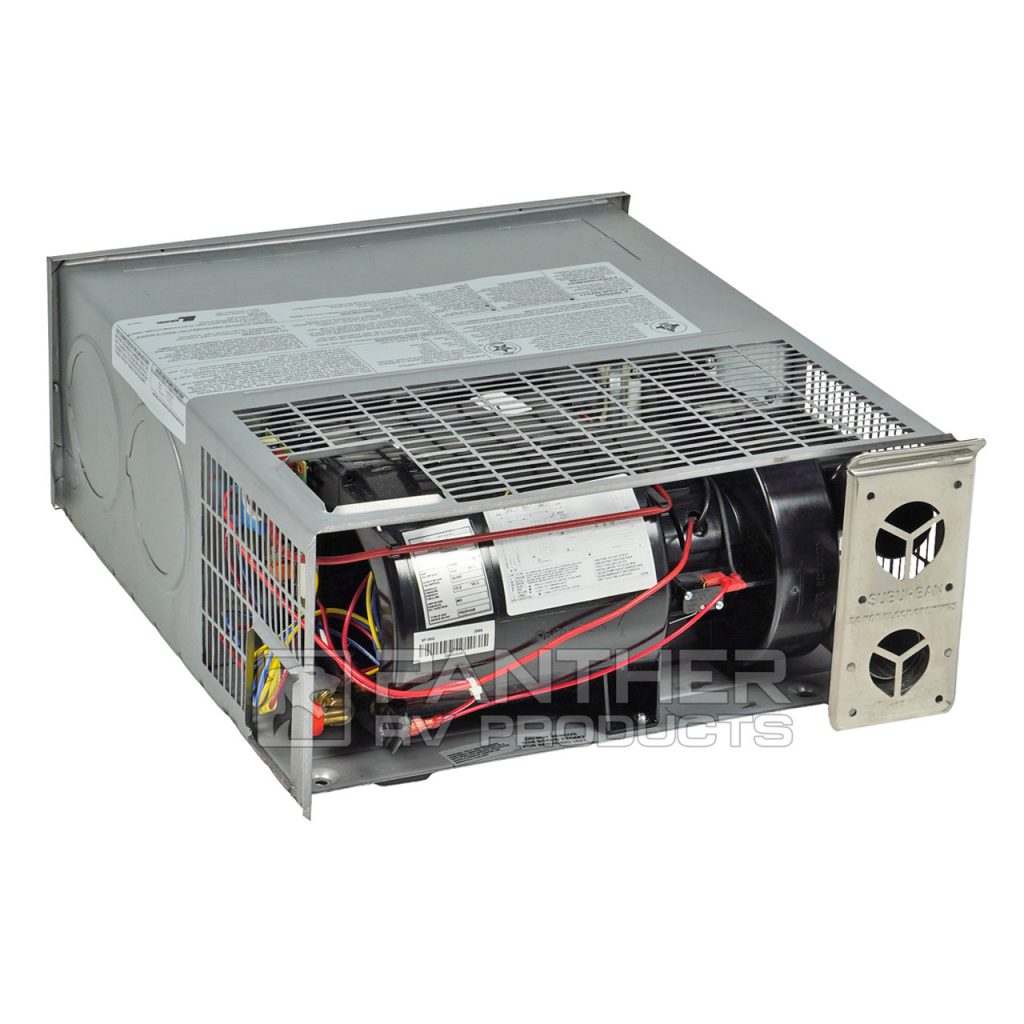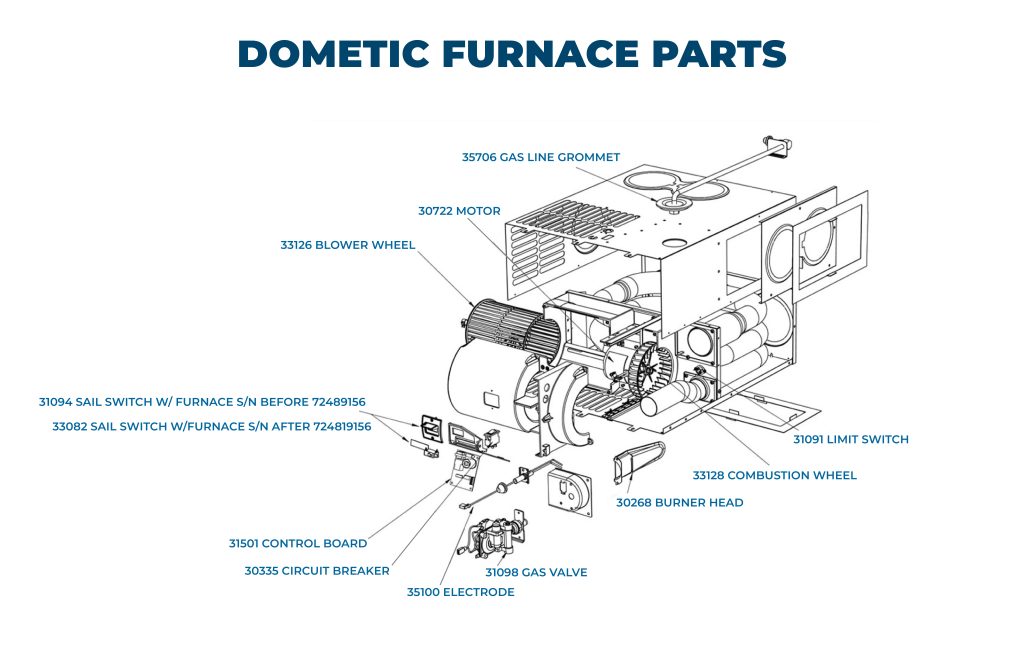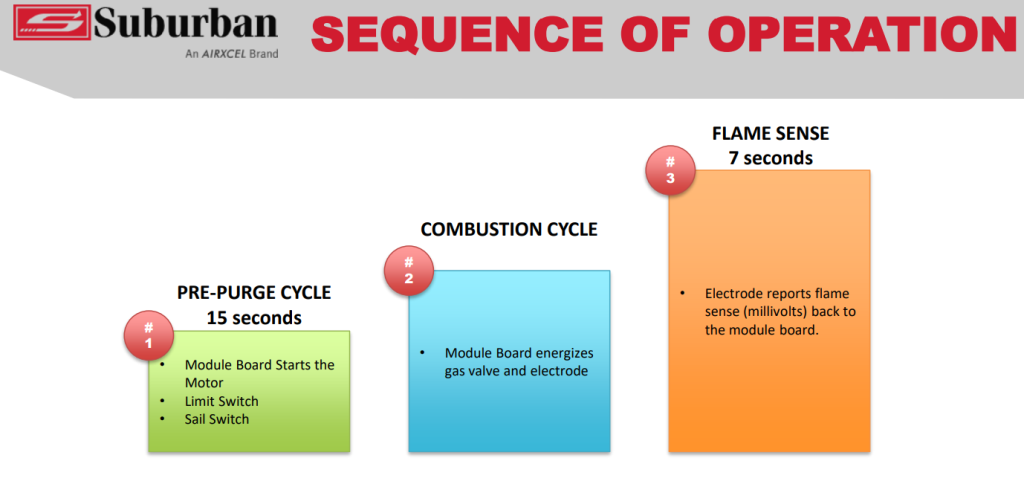
Is your RV furnace giving you the cold shoulder? 🥶 Don’t let a malfunctioning heater freeze your travel plans! As the temperatures drop, a well-maintained RV furnace becomes your best friend on the road. But like any good friendship, it requires care and attention.
Many RV owners underestimate the importance of regular furnace maintenance, only to find themselves shivering in the midst of a winter camping trip. Neglecting your RV’s heating system can lead to inefficiency, breakdowns, and even safety hazards. But fear not! With the right knowledge and a bit of effort, you can keep your mobile home toasty warm all season long.
In this guide, we’ll walk you through essential maintenance tips for your RV furnace. From understanding the basics of your heating system to tackling common issues and knowing when to call in the pros, we’ve got you covered. So grab a warm drink, settle in, and let’s ensure your next adventure is filled with warmth and comfort!
Understanding Your RV Furnace
Components of an RV furnace
An RV furnace consists of several key components that work together to provide heat. Here’s a breakdown of the main parts:
- Burner assembly
- Heat exchanger
- Blower motor
- Thermostat
- Gas valve
- Ductwork
| Component | Function |
| Burner assembly | Ignites the fuel to produce heat |
| Heat exchanger | Transfers heat from combustion to circulating air |
| Blower motor | Circulates heated air throughout the RV |
| Thermostat | Controls temperature and activates the furnace |
| Gas valve | Regulates fuel flow to the burner |
| Ductwork | Distributes heated air to different areas of the RV |

How an RV furnace works
RV furnaces operate on a simple principle:
- The thermostat signals the furnace to start when the temperature drops
- The gas valve opens, allowing fuel to flow to the burner
- The burner ignites, creating heat in the combustion chamber
- The heat exchanger warms up as hot gases pass through it
- The blower motor pushes air over the heat exchanger
- Heated air is distributed through the ductwork to warm the RV

Common types of RV furnaces
There are two main types of RV furnaces:
- Propane furnaces
- Most common type
- Efficient and reliable
- Require propane tank refills
- Electric furnaces
- Less common but gaining popularity
- Ideal for RVs with reliable power sources
- No need for fuel storage
Now that we’ve covered the basics of RV furnaces, let’s explore how to keep them clean for optimal performance.
Regular Cleaning for Optimal Performance
Cleaning the furnace exterior
Start your RV furnace maintenance routine with the exterior. Use a soft, damp cloth to wipe down the outer casing, removing dust, grime, and any accumulated debris. Pay special attention to corners and crevices where dirt tends to collect. Avoid using harsh chemicals that might damage the furnace’s finish.
Removing dust and debris from vents
Next, focus on the vents. Use a vacuum cleaner with a brush attachment to gently remove dust and debris from both intake and exhaust vents. For hard-to-reach areas, a can of compressed air can be helpful. Ensure all vents are clear and unobstructed for proper airflow.
Inspecting and cleaning the blower
The blower is crucial for distributing warm air throughout your RV. Carefully remove the blower assembly and clean it thoroughly using a soft brush or compressed air. Check for any signs of wear or damage on the blower wheel and motor.
Sanitizing air filters
Clean air filters are essential for maintaining good air quality and furnace efficiency. Here’s a step-by-step guide:
- Locate and remove the air filter
- Gently vacuum to remove loose debris
- Wash with mild soap and warm water
- Rinse thoroughly and allow to air dry completely
- Replace the filter, ensuring proper orientation
| Cleaning Task | Frequency | Tools Needed |
| Exterior Wipe | Monthly | Damp cloth |
| Vent Cleaning | Quarterly | Vacuum, compressed air |
| Blower Inspection | Annually | Soft brush, compressed air |
| Filter Sanitization | Every 3 months | Vacuum, mild soap, water |
Regular cleaning not only improves your RV furnace’s performance but also helps identify potential issues early. With these tasks complete, you’re ready to move on to conducting seasonal inspections, which will further ensure your furnace’s reliability and efficiency.
Conducting Seasonal Inspections
Checking for gas leaks
Safety should always be your top priority when conducting seasonal inspections on your RV furnace. Start by carefully examining all gas connections for signs of wear, corrosion, or damage. Use a certified gas leak detector or a solution of soapy water to test for leaks. Apply the solution to connections and watch for bubbles, which indicate a leak.
| Step | Action | Indicators |
| 1 | Visual inspection | Look for wear, corrosion, damage |
| 2 | Apply leak detector | Bubbles indicate a leak |
| 3 | Check fittings | Ensure tight connections |
Examining electrical connections
Next, inspect all electrical connections for signs of looseness, fraying, or corrosion. Tighten any loose connections and replace damaged wires. Pay special attention to:
- Thermostat wires
- Power supply connections
- Ignition system wiring
Testing the thermostat
Ensure your thermostat is functioning correctly by:
- Setting it to different temperatures
- Listening for the furnace to cycle on and off
- Verifying the actual temperature matches the setting
Inspecting the exhaust system
A properly functioning exhaust system is crucial for safety. Check for:
- Blockages in the exhaust vent
- Damage to the exhaust pipe
- Proper sealing around vent openings
Verifying proper airflow
Finally, check that air is flowing freely through the system. Clean or replace air filters, and ensure all vents and ducts are clear of obstructions. This not only improves efficiency but also prevents potential overheating issues.
With these thorough inspections complete, you can be confident in your RV furnace’s performance and safety. Next, we’ll explore how to address common RV furnace issues that may arise despite regular maintenance.
Addressing Common RV Furnace Issues
Troubleshooting ignition problems
When your RV furnace fails to ignite, it can be frustrating and uncomfortable. Here are some common causes and solutions:
- Check the propane supply:
- Ensure the propane tank is not empty
- Verify all valves are open
- Look for any leaks in the gas line
- Inspect the thermocouple:
- Clean any debris or soot
- Replace if damaged or worn out
- Examine the ignitor:
- Clean any dirt or corrosion
- Test for proper spark
- Replace if faulty
| Issue | Possible Cause | Solution |
| No ignition | Empty propane tank | Refill tank |
| Weak flame | Dirty thermocouple | Clean or replace |
| No spark | Faulty ignitor | Replace ignitor |
Fixing uneven heating
Uneven heating can make your RV uncomfortable. Here’s how to address this issue:
- Check for blocked vents or ducts
- Clean or replace air filters
- Inspect the blower motor for proper operation
- Ensure the thermostat is correctly placed and functioning
Resolving blower malfunctions
A malfunctioning blower can significantly impact your furnace’s performance. Troubleshoot by:
- Checking the power supply and connections
- Inspecting the blower wheel for debris or damage
- Testing the blower motor capacitor
- Lubricating the blower motor bearings if necessary
Dealing with unusual noises
Unusual noises from your RV furnace can indicate various problems:
- Rattling: Check for loose panels or ductwork
- Squealing: Inspect belts and bearings for wear
- Rumbling: Examine the burner for proper ignition and flame color
Regular maintenance and prompt attention to these issues can help keep your RV furnace running smoothly. If problems persist, it may be time to consult a professional technician.
Professional Maintenance and When to Seek Help
Annual professional servicing benefits
Regular professional maintenance of your RV furnace offers numerous advantages:
- Improved efficiency
- Extended lifespan
- Early problem detection
- Enhanced safety
- Compliance with warranty requirements
| Benefit | Description |
| Efficiency | Optimizes fuel consumption and heat output |
| Lifespan | Prevents wear and tear, prolonging furnace life |
| Problem detection | Identifies issues before they become major repairs |
| Safety | Ensures proper functioning of safety features |
| Warranty | Maintains compliance with manufacturer warranties |
Professional technicians have the expertise to thoroughly inspect and clean components that DIY maintenance might miss, ensuring your furnace operates at peak performance.
Recognizing signs of serious problems
Be vigilant for these warning signs that indicate it’s time to seek professional help:
- Unusual noises (rattling, banging, or whistling)
- Inconsistent heating or failure to reach desired temperature
- Strange odors, especially a gas smell
- Frequent cycling on and off
- Visible rust or corrosion
Finding a qualified RV furnace technician
To ensure your RV furnace receives expert care:
- Look for RVTAA certified technicians in your area at https://rvhelp.com/
- Check online reviews and ratings
- Ask for recommendations from fellow RV owners
- Verify the technician’s experience with your specific furnace model
- Ensure they offer a warranty on their work
- If you are in Citrus County Florida- we are here to help https://lastingmemoriesrv.com/
Remember, while regular DIY maintenance is crucial, professional servicing provides a comprehensive check-up that can catch potential issues early, saving you money and ensuring your comfort during your RV adventures. Next, we’ll explore strategies for extending your RV furnace’s lifespan, building on the maintenance practices we’ve discussed.
Proper usage habits
To extend your RV furnace’s lifespan, it’s crucial to develop proper usage habits. Here are some key practices:
- Set the thermostat appropriately: Avoid extreme temperature changes
- Run the furnace periodically: Even in warmer months, operate it briefly to prevent stagnation
- Clean air filters regularly: Replace or clean every 30-90 days
- Ensure proper ventilation: Keep vents unobstructed for efficient airflow
| Habit | Benefit |
| Gradual temperature changes | Reduces strain on components |
| Regular operation | Prevents moisture buildup and lubricates moving parts |
| Clean filters | Improves air quality and furnace efficiency |
| Proper ventilation | Prevents overheating and ensures optimal performance |
Protecting against moisture damage
Moisture is a significant threat to your RV furnace. Implement these strategies to safeguard against moisture-related issues:
- Use dehumidifiers in humid climates
- Inspect seals and gaskets regularly
- Address any leaks promptly
- Ensure proper insulation around the furnace
Maintaining adequate propane levels
Consistent propane levels are vital for your furnace’s longevity. Always keep your propane tank at least 20% full to prevent system strain and potential damage from running empty.
Storing your RV correctly during off-seasons
Proper storage is key to preserving your furnace when not in use. Cover exhaust vents to prevent pest intrusion, and consider using moisture-absorbing products inside the RV. Before storage, run the furnace to remove any residual moisture.
Now that we’ve covered these essential maintenance tips, let’s explore when it’s necessary to seek professional help for your RV furnace.
Proper maintenance of your RV furnace is crucial for enjoying comfortable adventures on the road. By understanding your furnace, performing regular cleaning, conducting seasonal inspections, and addressing common issues promptly, you can ensure optimal performance and longevity. Remember to keep an eye out for signs that professional maintenance may be necessary, and don’t hesitate to seek expert help when needed.
With these maintenance tips in mind, you can extend your RV furnace’s lifespan and avoid unexpected breakdowns during your travels. By taking proactive steps to care for your furnace, you’ll not only save money on repairs but also ensure a cozy and reliable heating system for all your outdoor excursions. Happy camping and stay warm!
Servicing Crystal River and Citrus County Florida area…contact Mike…315-489-1076.
